Amazing discoveries and experiences await you in every issue of National Geographic magazine. The latest news in science, exploration, and culture will open your eyes to the world’s many wonders.
FROM the EDITOR
IN FOCUS • JUST IN FROM OUR PHOTOGRAPHERS
Return to the Wild: Connecting with Heritage in Canada
EXPLORER OF THE YEAR: FERNANDO TRUJILLO
NATIONAL GEOGRAPHIC EXPLORER • This contributor has received funding from the National Geographic Society, which is committed to illuminating and protecting the wonder of our world.
THE NEW SCIENCE OF STRESS • The defense mechanism affects our health at every age—and researchers are striving to understand precisely how.
THE CHRONIC STRESS EFFECT • Stress can be brief, situational, and galvanizing—a positive force that motivates and enhances performance. It can also be deadly over extended periods of time. When stress becomes chronic, it can kick off a cascade of negative impacts on health and well-being. See below how stress alters a body’s systems—and what adverse effects can follow.
AN ANTIDOTE TO STRESS • Meditation, which has been practiced for millennia, provides many health benefits, including managing stress and anxiety.
CORAL Kaleidoscope • Transforming her pictures of reefs into intricate designs, a photographer offers a new view of the vital ecosystems.
INTO THE FIRE TUBES • A volcano in the Canary Islands pushed rivers of molten lava through the earth, carving out tunnels that stretch for miles. Now scientists and explorers trek through the cooling underground, looking for insights into life on this planet—and perhaps on others.
LAND OF LAVA • For nearly three months in 2021, lava flowed from the volcanic Cumbre Vieja ridge, covering more than 3,000 acres of La Palma. Recently, microbial life-forms have been discovered inside the still-cooling lava tubes that took shape in the extended eruption’s wake.
BACK FROM THE BRINK • For the saiga antelope, the future looks promising.
GRIPES GALORE • The ‘world’s oldest complaint letter’ became an internet sensation. Here’s the real story behind the ancient tablet.
DEGREES OF CHANGE • National Geographic photographer Brian Skerry has been diving in the Gulf of Maine for more than 40 years. After learning that these waters were warming faster than almost any other part of the ocean, he set out to document the rapid shift and its astonishing ripple effects.
NOT SO ELEMENTARY • Vitamins are familiar, everyday essentials. But their discovery and naming involved multiple scientists and a surprising backstory that continues to inspire nutritional breakthroughs.
RESCUING HISTORY • WHEN A PEOPLE’S STORIES ARE AT RISK, WHO STEPS IN TO SAVE THEM?
KURDISTAN
KURDISH HOMELANDS • Some 35 million Kurds reside today in the mountains spanning Turkey, Syria, Iraq, and Iran. An ethnic minority, they have long sought a country of their own. From the Ottoman Empire in the early 1500s to the countries that succeeded it, Kurdish-populated areas, with the exception of northeastern Iraq, lack autonomy.
SOMALILAND
KOSOVO
NEW from NATIONAL GEOGRAPHIC

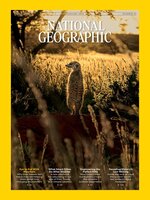 Jan 01 2026
Jan 01 2026
 Dec 01 2025
Dec 01 2025
 Nov 01 2025
Nov 01 2025
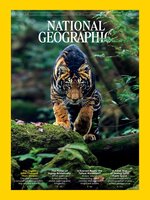 Oct 01 2025
Oct 01 2025
 Sep 01 2025
Sep 01 2025
 Aug 01 2025
Aug 01 2025
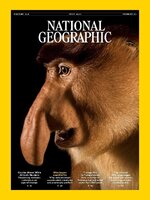 Jul 01 2025
Jul 01 2025
 Jun 01 2025
Jun 01 2025
 May 01 2025
May 01 2025
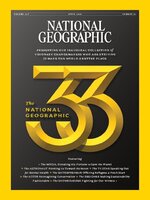 Apr 01 2025
Apr 01 2025
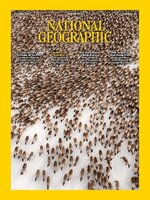 Mar 01 2025
Mar 01 2025
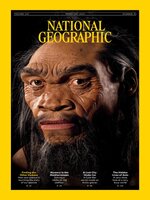 Feb 01 2025
Feb 01 2025
 Jan 01 2025
Jan 01 2025
 Dec 01 2024
Dec 01 2024
 Nov 01 2024
Nov 01 2024
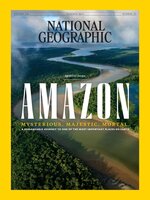 Oct 01 2024
Oct 01 2024
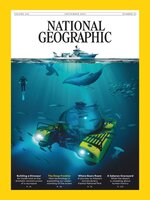 Sep 01 2024
Sep 01 2024
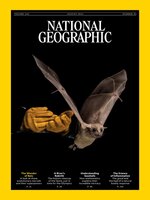 Aug 01 2024
Aug 01 2024
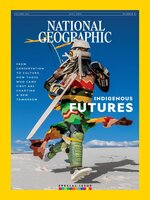 Jul 01 2024
Jul 01 2024
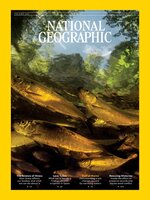 Jun 01 2024
Jun 01 2024
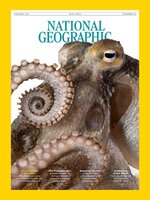 May 01 2024
May 01 2024
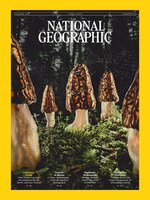 Apr 01 2024
Apr 01 2024
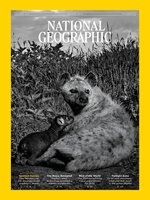 Mar 01 2024
Mar 01 2024
 Feb 01 2024
Feb 01 2024